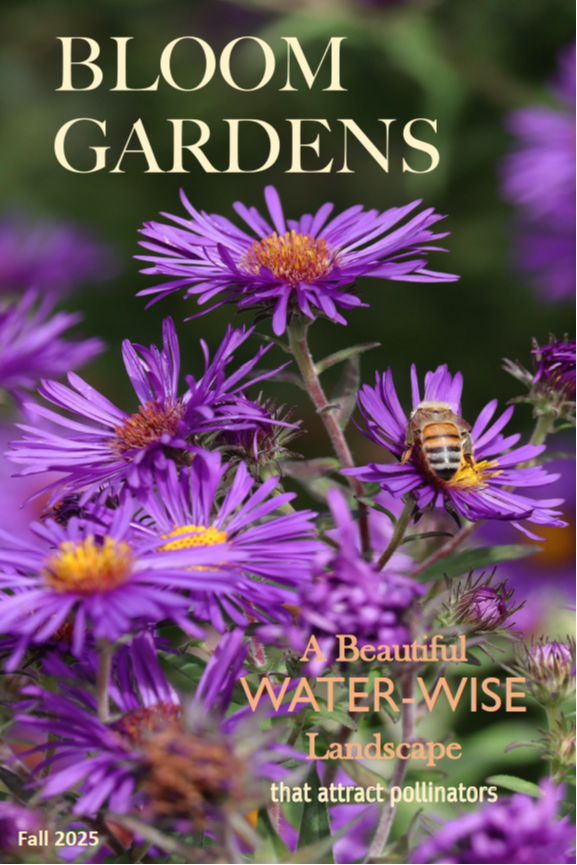BLOOM GARDENS of Utah & Mountain West
Institute of Learning
BLOOM GARDENS MAGAZINE
....................
Bloom Gardens magazine is a "free" unique regional gardening magazine advocating organic and sustainable practices in the Mountain West. It offers home gardeners helpful info on how to create sustainable gardens, landscape without harmful pesticides and improve the environment within our communities.
To view magazine, click on the magazine cover!
Subscribe below!
Get started
All The Tools You Need To Grow A Beautiful & Sustainable Garden
Join our Online Community
................
Learn and Grow alongside Fellow Gardeners & Industry Pros. Monthly Classes, Meetups, Ask an Expert, Marketplace and ...
Explore our Website Resources
................
Garden Guides, Sustainability, Conservation Gardens, Plant Societies & Garden Associations
Peruse our Publications
................
Quarterly Gardening Magazine, Monthly Newsletter, Weekly Garden Blog, Journal & Downloads
Membership Plans
Garden Journal
Download this beautifully designed Garden Journal and customize it for your own garden. A well-used garden journal is a powerful resource for any gardener.
Download
Our Story
Utah’s has a unique climate with extreme high/low temperatures, alkaline soil, and frequent drought. Considering it’s the second driest and fourth fastest growing state in the U.S. presents additional challenges of pollution, water shortages, and depleted soil. Did you know that environmental illnesses could be prevented? Only 0.7% of farms are organic vs. traditional farms. Over 82,000 chemicals are allowed on the market without safety testing, and we use them in our daily lives.
I have seen firsthand the damaging effects this chemically filled world has on all of us. On September 24, 2013, my husband, Kevin was diagnosed with Young-Onset Parkinson’s disease (age 47), caused from his exposure to pesticides during his work career.
This is where Bloom Gardens journey begins. Our goal is to create an educational venue, which teaches how to garden & landscape without harmful pesticides, create sustainable gardens, and to help improve the environment within our communities. Our Bloom Gardens Magazine content is written by experts in their field of work and focuses on gardening in the Intermountain growing region. Check out our Collaborator's page. Our collaborators have been instrumental in the the success of Bloom Gardens.
Ramona Borkman
Bloom Gardens Magazine, Editor
































